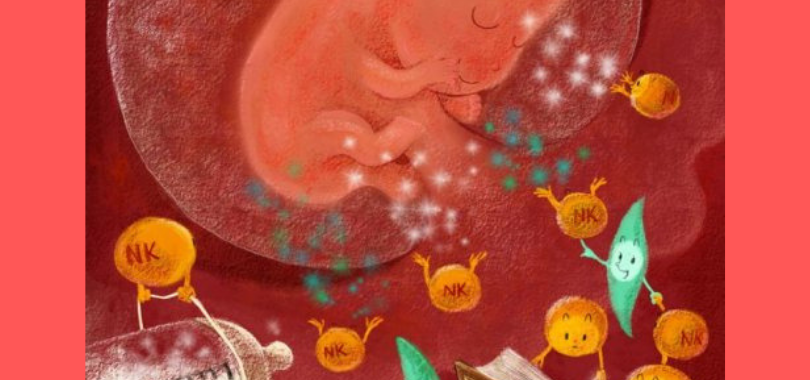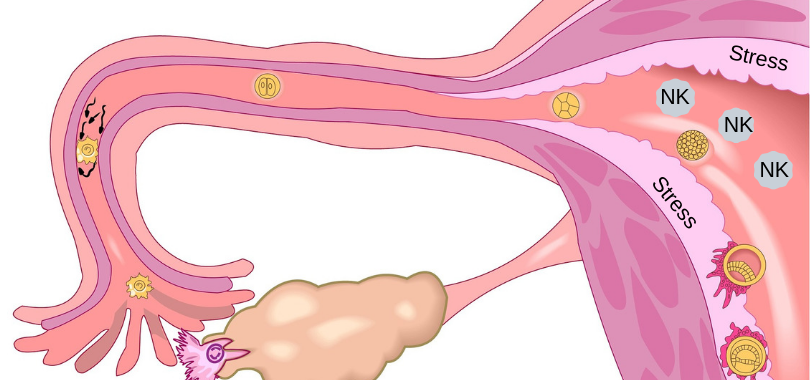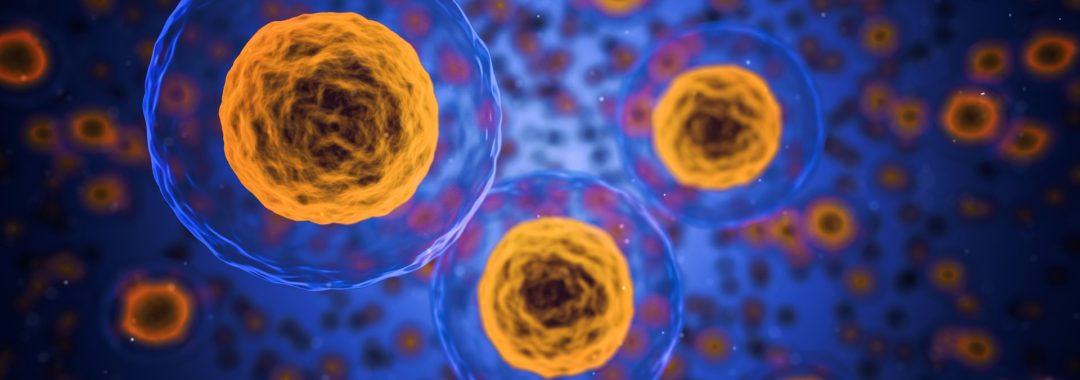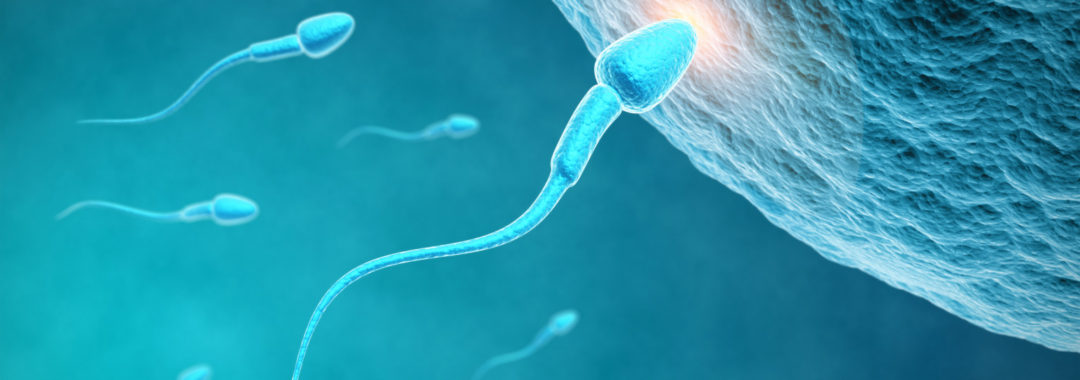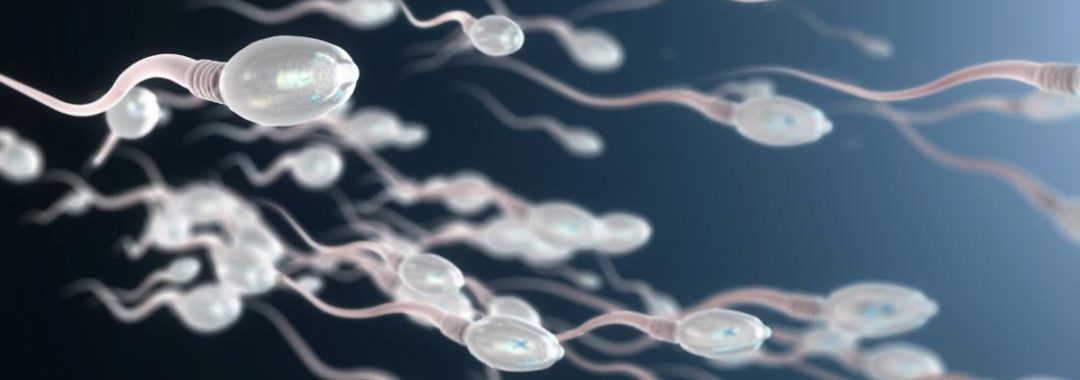A study published in the journal Immunity shows that part of the uterine Natural Killer cell population helps to optimize maternal nourishment of the fetus at early stages of development, not hinder it.
These Natural Killer Cells have actually been shown to secrete growth promoting factors that can also reverse impaired fetal growth and help prevent miscarriage, not cause it.
For many year now I have had people contact me and trying to kill the killer cells, or treat high natural killer cells, or wipe out these cells that they are being told is causing them to miscarry, or not be able to hold an embryo.
For those same amount of years I always said that Natural Killer Cells are meant to be there and the reason they are there is because of inflammation and are doing their job. Now finally, what I have been saying has been proven to be true and now we have an explanation of what these immune cells actually do and the mechanism behind it. They don’t harm the embryo at all. They are there to protect it, nourish it and help it grow.
Natural killer cells are among the most abundant immune cells in the uterus during the first trimester of pregnancy, but their numbers decline substantially after the placenta forms. Up until recently many in the fertility profession have led people to believe that Natural Killer Cells are the cause of all their issues and these new findings may have them eating their words.
Not only have women been offered hormones, steroids and the likes that have never been proven to do they say they do, but they not only have major side effects, but could actually be trying to regulate the very thing that is meant to help a pregnancy.
The results of these new findings not only reveal new properties of natural killer cells during early pregnancy, but also point to approaches for therapeutic administration of natural killer cells in order to reverse restricted nourishment within the uterine environment
Acting as our bodies’ frontline defense system, natural killer cells guard against tumors and launch attacks against infections. This is something that I have been trying to explain for years. If natural killer cells are in high amounts, they are there for a reason and that reason needs to be treated, not the high killer cells.
There has been much research on how Uterine natural killer cells promote immune balance and the growth of blood vessels in the placenta, having a positive impact on birth weight as well as fetal growth. But until now, it was not clear which subset of natural killer cells in the uterus are responsible for promoting fetal growth, or whether these cells help to optimize fetal nourishment at early developmental stages.
In the new study it was discovered that a specific subset of natural killer cells in the human uterine lining secretes growth-promoting factors, which are involved in wide-ranging developmental processes. This subset of cells made up a smaller proportion of natural killer cells in the uterine lining of patients who experienced recurrent spontaneous miscarriage and reduced implantation (42%) compared to healthy females (81%). These findings suggest that insufficient secretion of growth-promoting factors by a specific subset of natural killer cells may be responsible for restricted fetal development in humans.
The studies also showed that a deficiency in this subset of natural killer cells resulted in severe fetal growth restriction and defective development of the fetal skeletal system. The studies also showed that the transfer of uterine natural killer cells reversed fetal growth impairments.
For the purpose of promoting fetal growth in humans, it may be possible to transfer natural killer cells via intravenous infusion or the administration of a vaginal suppository to mothers, avoiding the need for invasive procedures. Moreover, uterus-like natural killer cells are a much safer alternative to many of the methods used in immunotherapy and safer that steroids, or other immunosuppressant’s.
Obviously more study is needed, but these findings are about to turn part of the fertility profession upside down and make it re-evaluate itself.
I’ve always said it isn’t the natural killer cells killing off embryos and always said it was from inflammation and inflammatory gynaecological conditions that weren’t being treated.
We now know that stress uterine cells are also a big part of the issue too. I always say treat the cause to treat the symptoms and now we know that Natural Killer cells aren’t part of the cause, they are actually there to help.
If you are having troubles not conceiving, my fertility program may be able to assist you. If you would like to find out more, please call my friendly staff and they will be able to explain more to you.
Take care
Regards
Dr Andrew Orr
-No Stone Left Unturned
-Women’s and Men’s Health Advocate
-The International Fertility Experts
